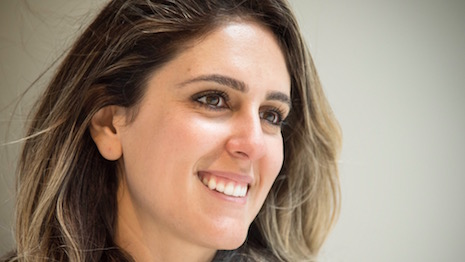Articles and News
New Luxury Explained, Through The Eyes of A Millennial November 15, 2016 (0 comments)

New York, NY—What, exactly, is “new luxury?” Traditionally, luxury has been defined by workmanship, cost, history, and exclusivity, but those things alone no longer sway Millennials to purchase.
According to a recent article in Luxury Daily, those factors, while important, don’t define luxury by themselves. Author Jasmine Bina of brand strategy firm Concept Bureau, who both studies the Millennial luxury market and is a Millennial herself, says the sought-after “New Luxury” brands eating away at traditional luxury market share are not defined by high price points or restricted access. Instead, “new luxury” speaks to the groups Millennials identify with.
“We have seen the classic signals of price point, privilege and aspirational appeal dissolve into something very different,” Bina writes, pointing out that social media has leveled the playing field and many legacy brands (such as Louis Vuitton) are now catering to middle-class audiences.
She defines new luxury as “those brands that engender such fierce loyalty [that] consumers would rather buy their products than more established and often more expensive brands, even if money is no object.”
New luxury erases the distance that old luxury depends on, says Bina. Aspiration is part of the appeal of traditional luxury: you want to be rich, wear diamonds, go yachting, and so forth, but there’s a distance between you and that future vision. Aspirational marketing needs that comfortable distance, meant to draw you to the brand without alienating the people who are wealthy enough to actually buy it.
But new luxury is about the here and now—and Millennial consumers don’t band around things they like, they band around who they are (i.e. hipsters, skater boys, etc.), says Bina. That’s why new luxury brands like Warby Parker eyewear practically own these groups that traditional luxury brands can barely touch. It’s also why the DPA’s new generic diamond marketing campaign has so sharply deviated from traditional diamond marketing.

Brand strategist and Millennial Jasmine Bina. Image: Luxury Daily
“Rich is an aspiration; something we [Millennials] may strive to be, but not something we are,” writes Bina. “The signifiers of that world—handcrafted leather wallets, monogrammed loafers and foreign watches—are merely things.”
While there are still thriving markets for these goods, they’re no longer universal identifiers, she says, and while previous generations may have rallied around an affinity for them, that’s now how Millennials organize themselves.
Top image: With their high style and low price, Warby Parker eyeglasses are a hit with Millennial consumers. The “new luxury” brand is creating disruption in the eyewear market.







